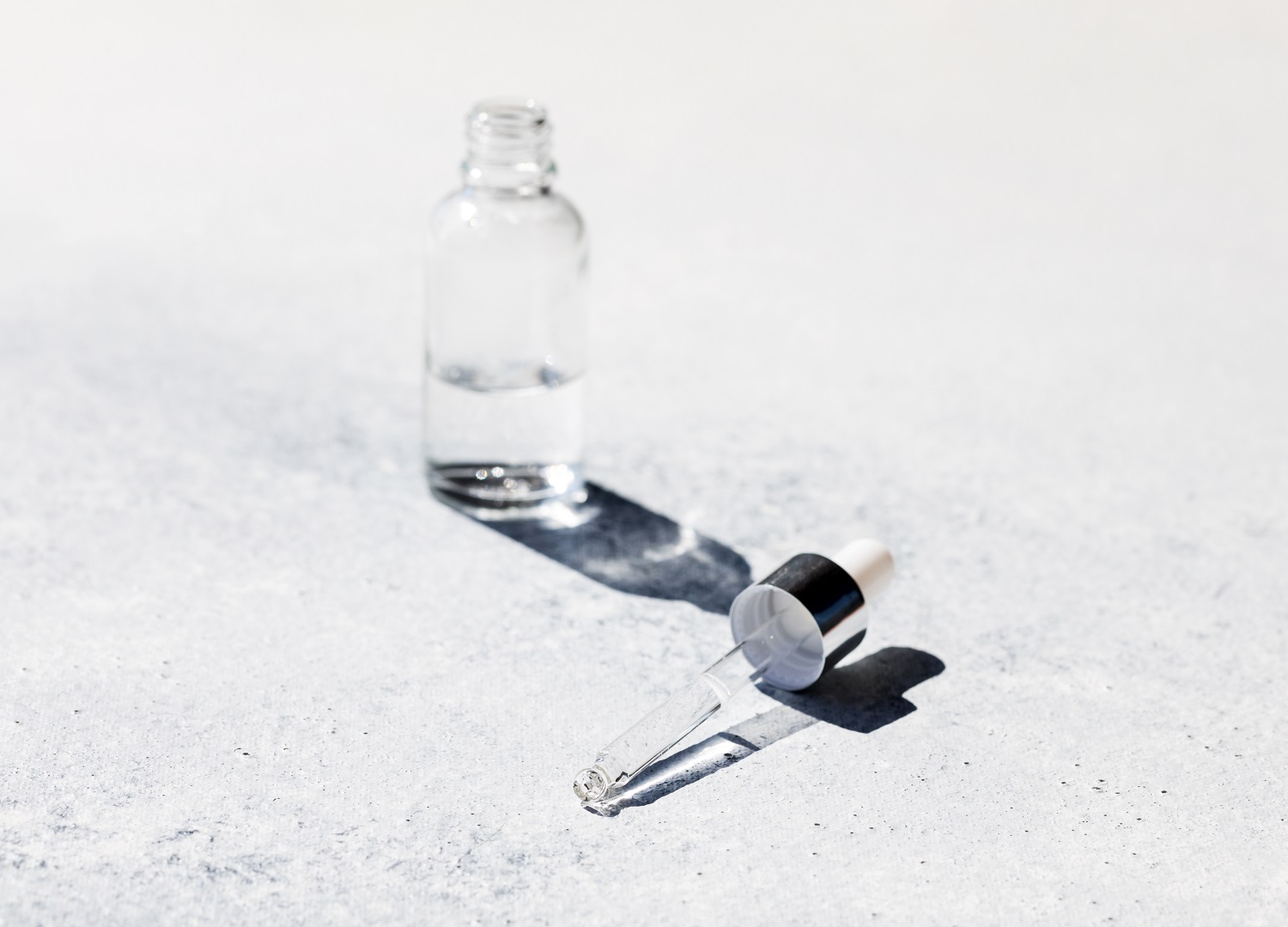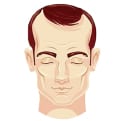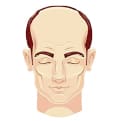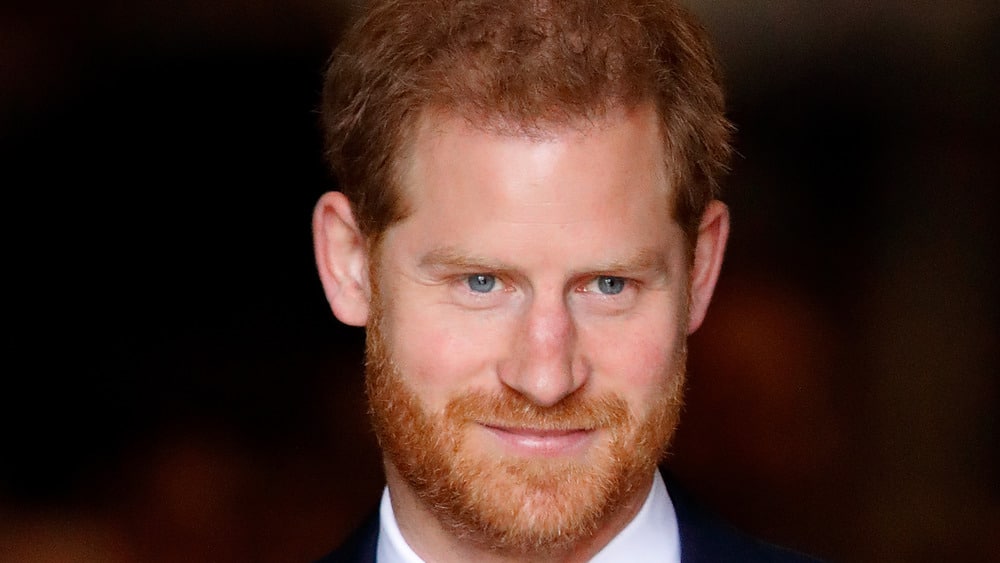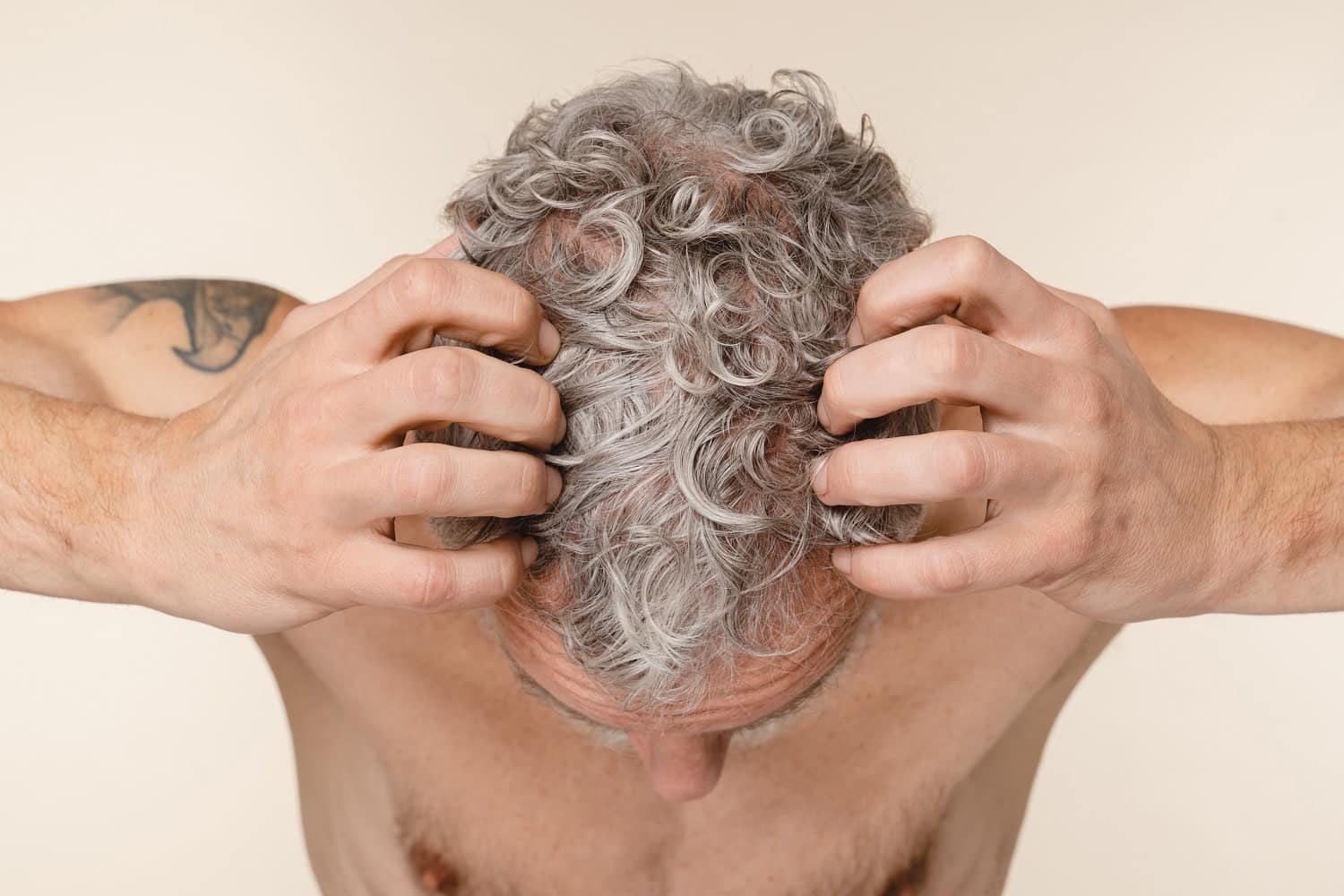There are literally thousands of hair loss treatments and products available today. While many of these do not offer any sort of concrete benefit, Minoxidil has long been shown to have a positive effect on hair growth for men and women experiencing hair loss from pattern baldness (androgenetic alopecia).
What Is Minoxidil?
First developed in the 1950s, Minoxidil (marketed under the brand name Regaine) is one of the most widely used medications for combatting thinning hair in patients experiencing male or female pattern baldness. Originally developed as a treatment for high blood pressure, doctors soon discovered that a sizable number of patients were experiencing hair regrowth. Applied topically, minoxidil has been shown to stimulate hair growth in men and women.
Does Minoxidil Work?
In short, yes. Minoxidil has a proven track record of slowing and even reversing hair loss in both men and women. Minoxidil works as a vasodilator expanding the blood vessels. This, in turn, provides additional nutrients to the hair follicles leading to an increase in hair along receding hairlines and covering blad spots on the crown associated with male pattern baldness.
It is important to note, however, that should you stop using Minoxidil any hair regrowth will likely fall out. Users must continue to use the medication daily to retain any new hair. Most patients notice results within 4 months.
How Do I Use Minoxidil?
Minoxidil is sold over-the-counter as a 5% active ingredient solution or foam (2% active ingredient is recommended for women). To use any product containing Minoxidil, it is important to closely follow the instructions provided on the package. Generally, though, Minoxidil is a liquid applied directly to the affected area.
- Wash and dry your hair and scalp thoroughly before application.
- Fill the supplied applicator to the 1ml mark and apply evenly to the affected area.
- Gently rub the solution into your scalp.
- Allow the area to dry completely before applying any further hair care products.
Do not use Minoxidil on any other parts of the body unless specifically instructed to do so by your doctor. Do use more medication or more frequently than recommended. Wash your hands thoroughly both before and after use and avoid getting Minoxidil in your eyes/nose/mouth.
Does Minoxidil Have Any Side-Effects?
Minoxidil is generally well tolerated by the majority of patients; however, it has been shown to produce certain mild side-effects in some patients. The most common side-effects of Minoxidil are:
- Itching or redness of the treated area
- Burning or itching of the eyes
- Unwanted hair growth elsewhere on the body
During the first few weeks of using Minoxidil, it is very common to experience sudden hair loss. This is known as “shedding” and is nothing to be alarmed over. The hair should regrow on its own over the next few weeks.
Other, less common, side effects may include dizziness, irregular heartbeat, weight gain, tiredness, or difficulty breathing. A very small number of patients may experience a severe allergic reaction symptomised by swelling of the throat, dizziness, and trouble breathing. If you experience any side effects from use, stop immediately and contact your doctor.
Hair Transplants
Any medication which stimulates hair growth works only as long as the medication is used. The only truly permanent solution for hair regrowth is a hair transplant. A hair transplant uses your own natural hair to fill in the thinning hair on a receding hairline or cover a bald spot on the crown. The Dr Serkan Aygin Clinic specialises in the most cutting-edge hair restoration techniques. We offer both Sapphire FUE and DHI hair transplants. Both have a long-proven track record of providing natural, permanent results.
In short, a hair transplant removes full, healthy hair follicles from a donor area (most often at the back of the head, where the hair is thickest) before implanting them directly into the target area. During a hair transplant, great care is taken to place the hairs in alignment with the natural angle and direction of hair growth to create a completely natural look.
Can I Use Minoxidil After A Hair Transplant?
Following a hair transplant, it is vital that proper care be taken of the recipient site. To stimulate hair growth doctors will recommend a variety of medications and treatments. As Minoxidil works to increase the blood flow to the scalp, it is very often recommended that patients use it for up to 6 months following a hair transplant. However, during the first week, it is advised that nothing be done to agitate the newly implanted hair grafts.
Get Started Today
The Dr Serkan Aygin clinic in Turkey has treated more than 10,000 patients and boasts a 98% hair regrowth rate. Your full, free consultation will help us to assess the nature and degree of hair loss and to create a perfectly tailored hair restoration plan perfect for you.
